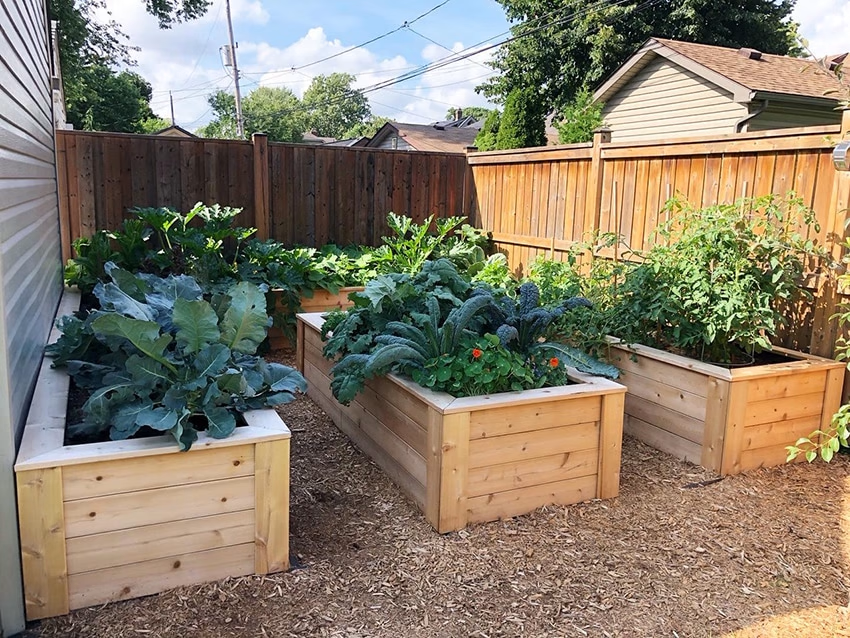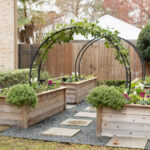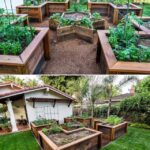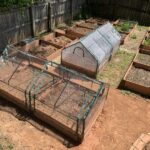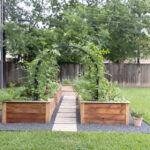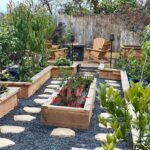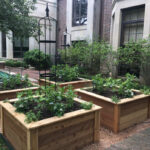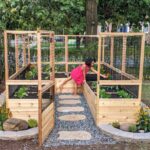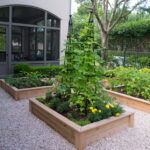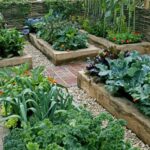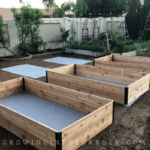Raised garden beds are becoming increasingly popular among home gardeners for a variety of reasons. Not only do they provide better drainage and allow for the soil to warm up quicker in the spring, but they also make gardening easier for those with limited mobility. When it comes to laying out your raised garden beds, there are a few key factors to consider to ensure your plants thrive.
One important consideration when planning the layout of your raised garden beds is the layout of your space. Take into account the amount of sunlight the area receives, as well as the proximity to water sources. It is also a good idea to consider the slope of the land and any potential obstacles that may impact the growth of your plants.
When laying out your raised garden beds, it is important to leave enough space between each bed to allow for easy access for planting, weeding, and harvesting. A good rule of thumb is to leave at least 18-24 inches between each bed to ensure you have enough room to work comfortably. This spacing will also help to prevent overcrowding and allow for good air circulation around your plants.
Consider the types of plants you will be growing in your raised garden beds when planning the layout. Some plants require more space than others, so it is important to take this into account when determining the size and spacing of your beds. Additionally, consider the height of the plants when fully grown, as taller plants may cast shade on shorter plants if not properly spaced.
Incorporating pathways between your raised garden beds is a great way to make navigating your garden easier and more enjoyable. Paths can be made from a variety of materials, such as gravel, mulch, or stepping stones. They not only provide access to your plants but also help to define the layout of your garden and add visual interest.
Finally, consider adding trellises or other vertical supports to your raised garden beds to maximize space and improve plant growth. Vertical gardening can be a great way to grow vining plants, such as tomatoes or cucumbers, in a small space. By incorporating trellises into your garden layout, you can increase productivity and create a beautiful and functional space for growing your favorite plants.
